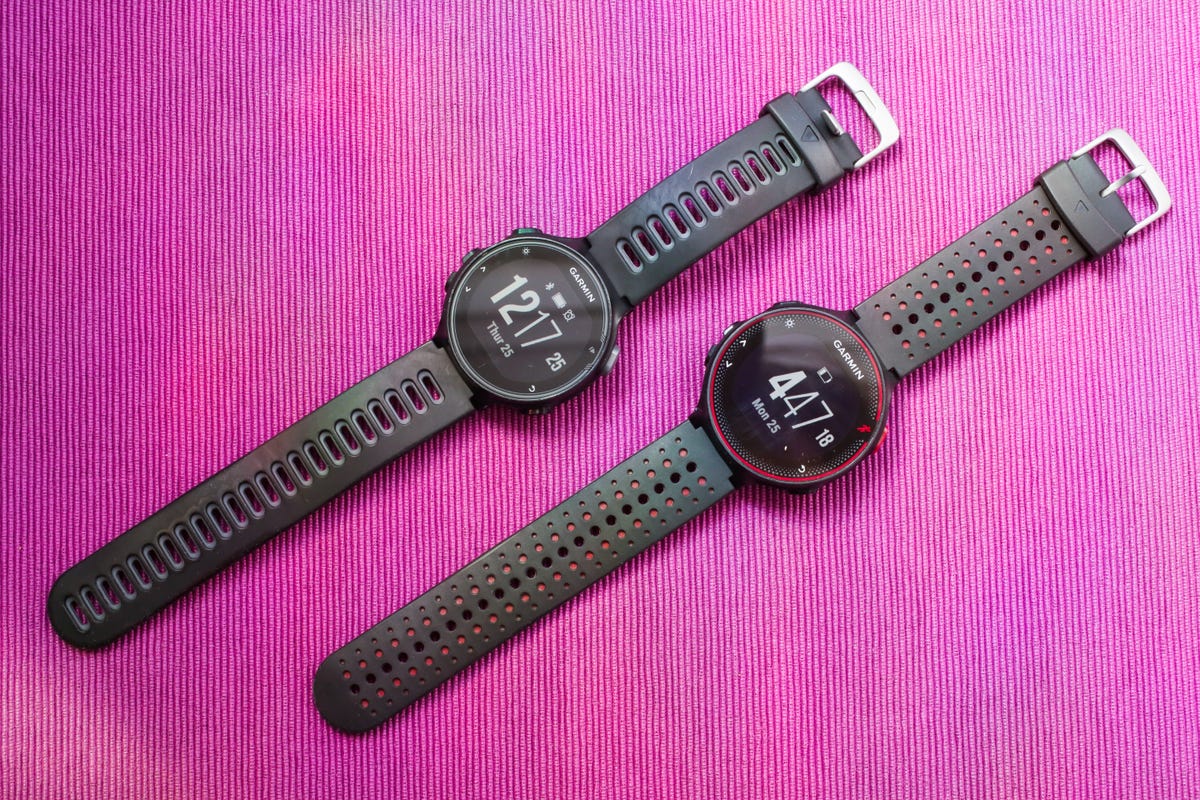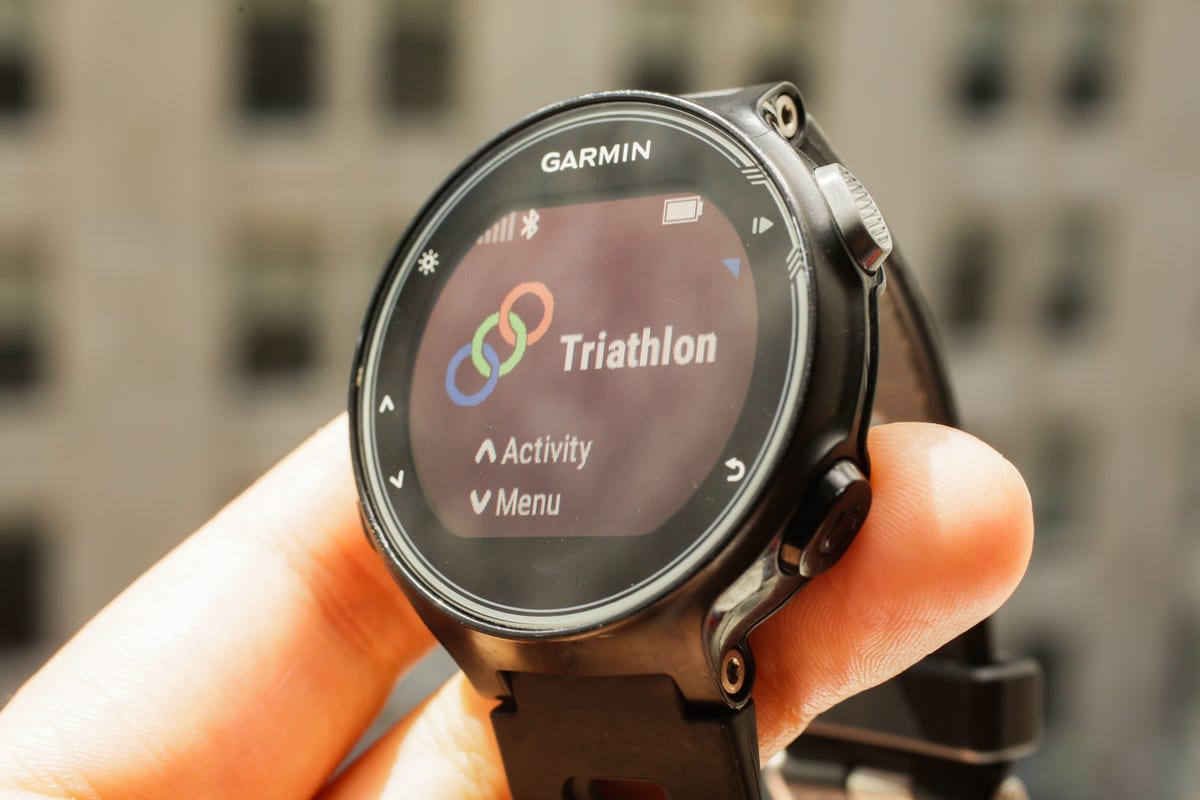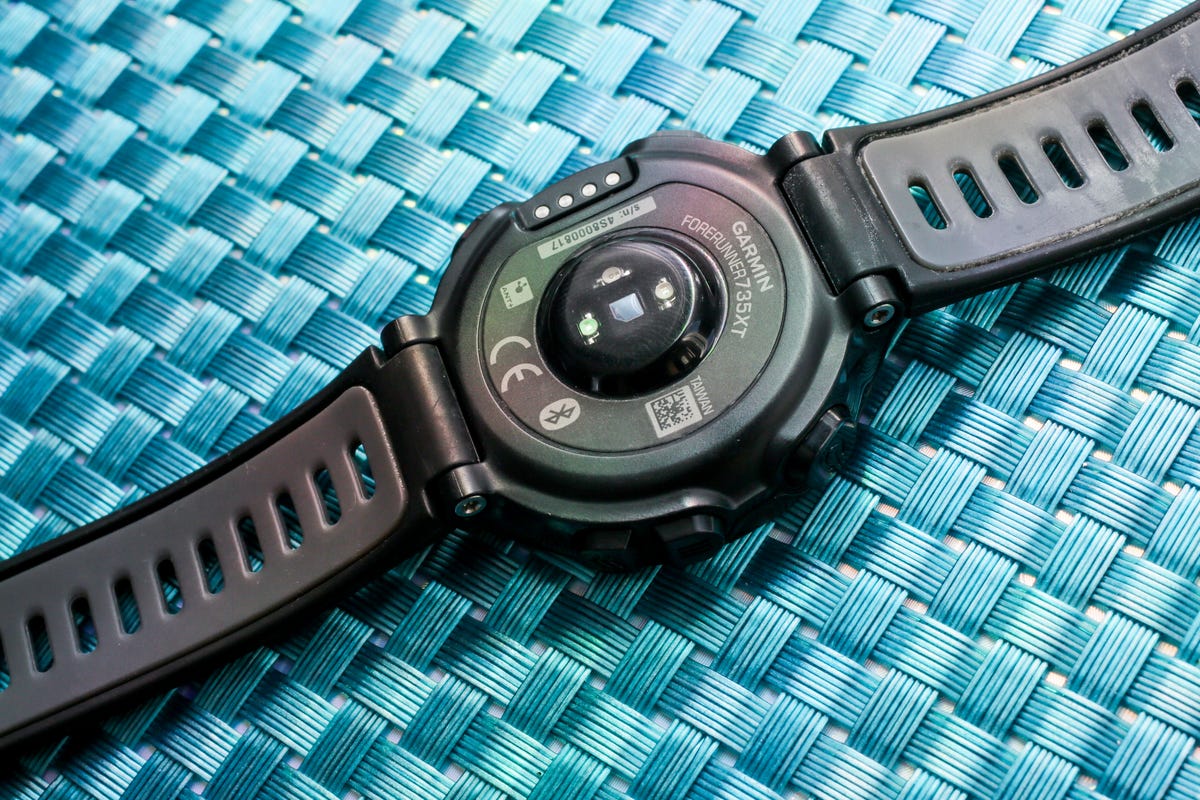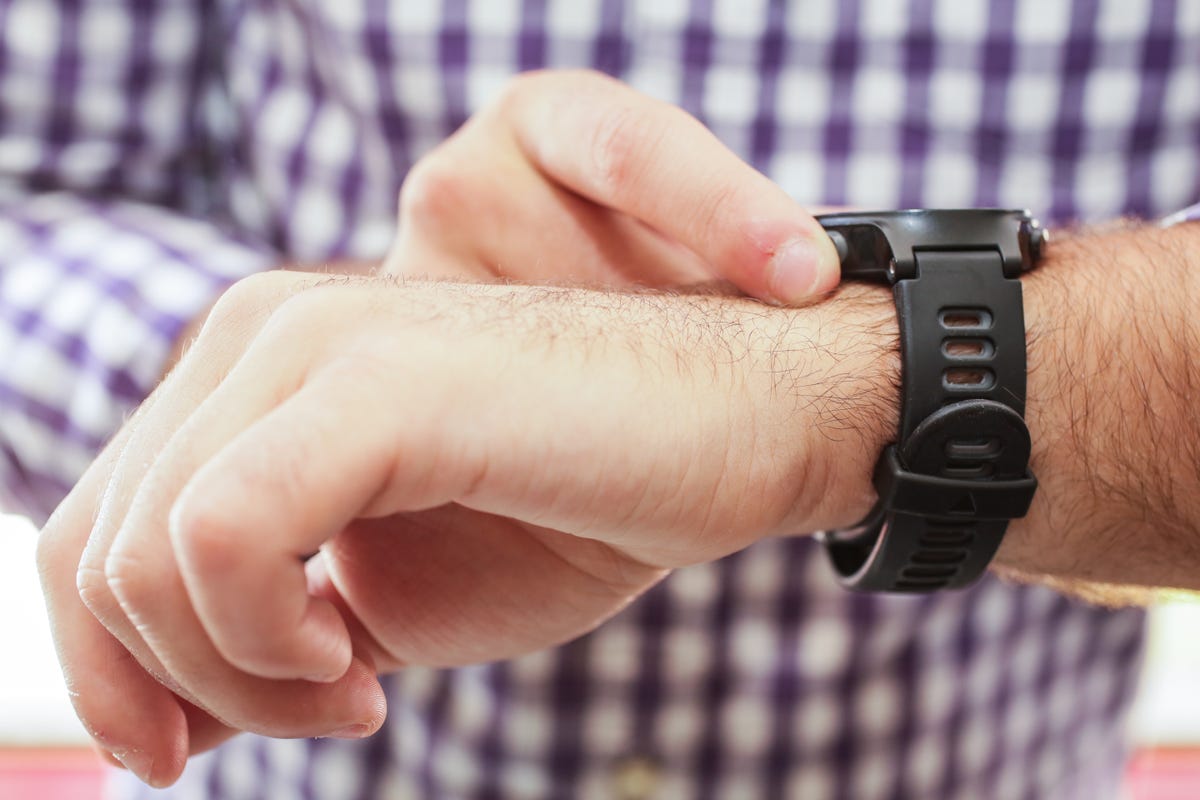Garmin Forerunner 735XT review: A slim, lightweight triathlon watch that’s worth the money
The Garmin Forerunner 235 is one of my favorite running watches and for good reason: It has everything runners need to take their training to the next level. It’s not ideal for multisport athletes, though.
Mục lục bài viết
The Good
Lightweight and waterproof, and has GPS for tracking a variety of sports and an optical heart-rate sensor. All-day activity tracking, interval training and phone notifications are helpful. There’s a multisport mode to time triathlon transitions and easily switch sport profiles. It’s compatible with a wide-range of Garmin accessories.
The Bad
It’s expensive; there’s no altimeter for measuring ascent and descent; and battery life may not be long enough for a full Ironman triathlon.
The Bottom Line
The Forerunner 735XT is an exceptional watch for serious triathletes, but there are better and cheaper alternatives for both dedicated runners and more casual athletes.
The 235 is primarily a running watch, but its more expensive cousin, the Forerunner 735XT, is equally good and better suited for serious triathletes. This watch can track running, cycling, swimming and other sports, includes an optical heart-rate sensor, and has interval training, all-day activity tracking and phone notifications. Its special triathlon feature can time transitions and switch sport profiles with a single button press.
The Forerunner 735XT costs $450, £360 or AU$700. That’s a premium of $120, £80 or AU$230 over the 235, but for hardcore triathletes, it’s a price I think is well worth paying.
A laundry list of features
The watch is comfortable and lightweight. It feels good on my wrist when training or while wearing it throughout the day. It’s a tad lighter (40.2 grams compared to 42 grams) and has less of a bezel, but otherwise the two devices are remarkably similar, but only when it comes to design. Garmin was able to squeeze even more functionality into the 735XT. It has all of the features of the 235 and more — a lot more.

The Forerunner 735XT (left) next to the 235 (right).
Here’s everything that’s different:
- Added tracking for pool swimming, open water swimming, paddle boarding, rowing, hiking, cross country skiing and strength training
- Added support for running dynamics (with a special optional heart-rate chest strap, it can measure ground contact time, vertical oscillation, stride length, vertical ratio and more)
- Added stress score, lactate threshold, functional threshold power and performance condition measurements (when paired with a chest strap)
- Added Courses, Virtual Partner and Virtual Trainer features to compete against a digital person or past runs
- Compatible with Garmin Vector pedals, Varia Radar and lights, Shimano Di2 electronic shifters, Varia Vision heads-up display and ANT+ power meters
- Compatible with Garmin Tri and Swim-HRM straps
Triathlon support
The watch includes a profile specifically for triathlons, along with an auto-multisport feature. That means you can switch between each sport (swimming, biking and running) with a single button press, rather than having to manually stop one and start the other. It also times how long you take during your transition period. This isn’t unique — this mode, or a similar one, is also present on the Garmin Fenix 3/HR, Forerunner 920XT, Polar V800 and Suunto Ambit3.

You won’t have any problems wearing the watch in the pool, the ocean or the shower. The 735XT carries a water-resistant rating of 5 ATM, which means it can withstand depths of up to 50 meters.
The built-in heart-rate sensor doesn’t work while swimming, although that’s true for most devices. Garmin is instead offering a triathlon bundle for $500 that includes the Swim-HRM (pool) and Tri-HRM (open water) chest straps. Both of these record heart rate data while swimming — the latter also supports running dynamics — but the data isn’t displayed in real time and will only be available for review after your workout has been completed.

Missing features
The 735XT doesn’t have a barometric altimeter, which is used for measuring altitude. It attempts to measure altitude using the GPS, although I found it wasn’t nearly as accurate when compared to the altimeter-equipped Fenix 3.
Ascent and descent information will be automatically corrected once the data has been uploaded to Garmin’s Connect platform (available for Android, iPhone and on the web), but that doesn’t help athletes looking for real-time data.

The 735XT also lacks a quick release kit, which is used to quickly move the watch from your wrist to your bike during competition. The Forerunner 920XT, which the 735XT succeeds, includes both an altimeter and quick release kit, as does the more expensive Fenix 3.
Battery life
Battery life on the 735XT may be an issue for some slower triathlon competitors. The watch will last up to 14 hours with an active GPS signal and heart rate tracking and while that is an increase from 11 hours on the 235, it may not be long enough to complete a full Ironman competition, which consists of swimming 2.4 miles, biking 112 miles and running 26.2 miles. Battery life will be reduced even more if Glonass, the Russian equivalent of GPS, is enabled.

A special UltraTrac mode will extend battery life to 24 hours, but there are sacrifices. The UltraTrac mode disables the heart rate sensor and reduces how often the GPS is pinging the satellite.
As an everyday watch and activity tracker, the 735XT will last up to 11 days. I typically saw between five to seven days when using GPS for between 45 minutes to an hour each day. It was more than adequate for me, but your mileage will vary depending on how frequently you workout.
Other watches to consider
The 735XT is an exceptional triathlete watch and I really enjoyed wearing it. It’s comfortable and it has almost all of the features you would need to seriously compete. But if you rely on accurate altitude information, a quick release kit or looking for something with longer battery life, the Fenix 3 or Fenix 3 HR may be worth the upgrade.

The Forerunner 735XT (left) next to the Fenix 3 HR (right).
Then there’s the older Forerunner 920XT, which Garmin is still selling for the same price as the 735XT. It lacks an optical heart-rate sensor and is rather bulky, but it’s still one of the best triathlon watches available. A discounted 920XT could be very appealing.
If you don’t have plans to compete in a triathlon, you should save money and get the company’s Vivoactive HR instead. It lacks some of the more advanced features and doesn’t include interval workouts, but it’s still a good multisport GPS watch for casual users.
If all you do is run, check out the Forerunner 230 or Forerunner 235.











